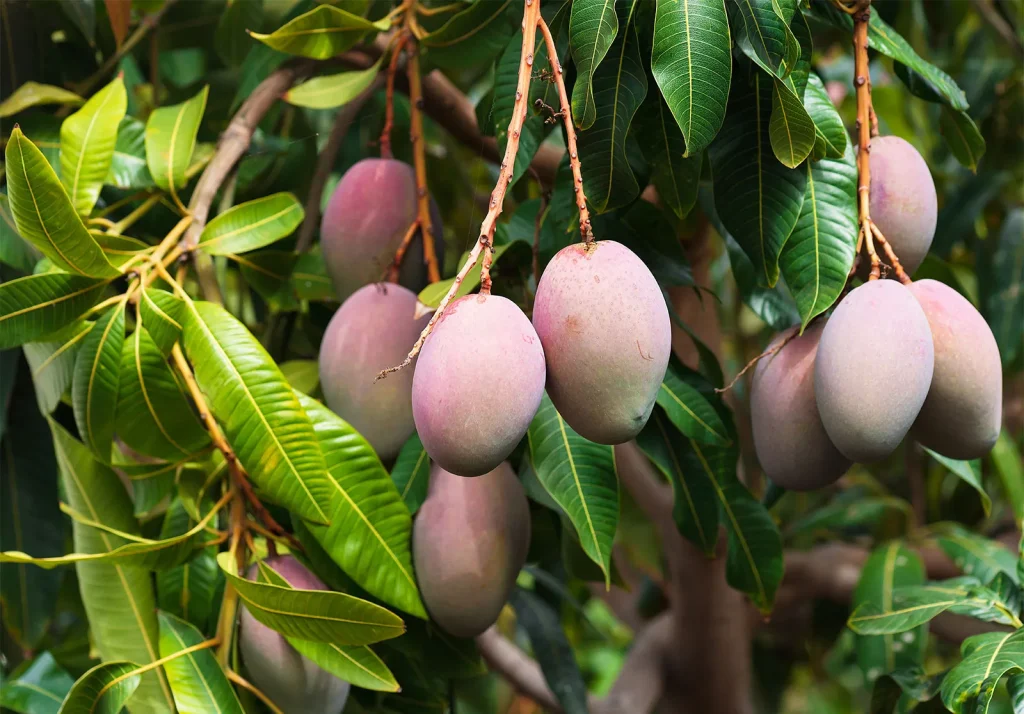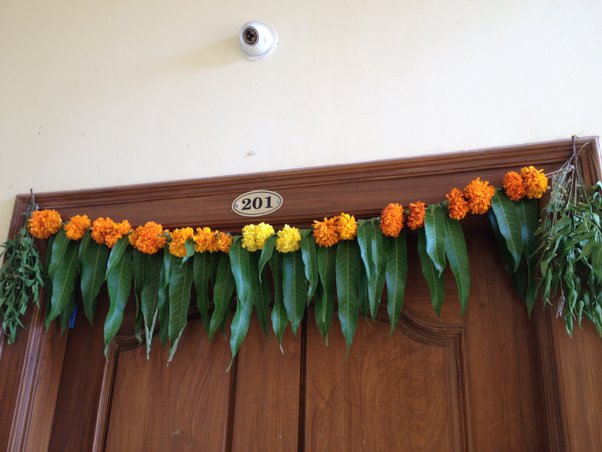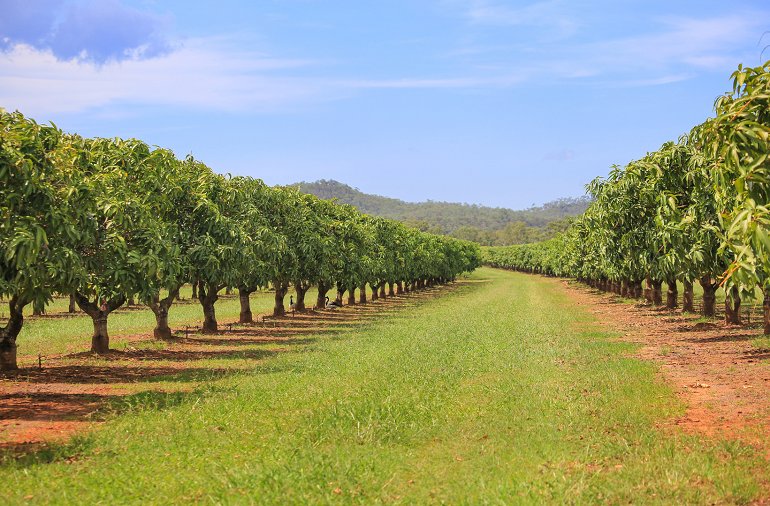Planting:
Before planting a mango orchard, the layout and prepara¬tion of pits may be completed at least one month in advance. It is desirable to propagate own mango plants from a desired mother-tree of a true to type cultivar. In case it is not possible, then plants may be booked with the Fruit Research Station of Gurdaspur or at Gangian (Dasuya) of the Punjab Agricultural University.
Mango should preferably be planted from August to October. It can be planted in March if regular irrigations are applied in summer months.
Planting Distance:
It varies from cultivar to cultivar. Langra, Chausa and Rampur gola may be planted at a distance of 11.0 metres. Semivigorous cultivars like Dusehari and Alphanso may be planted at 9 metres apart. Amrapali can be planted at 7 metres or 7 X 3.5 m apart closely planted plants are required to be given a light pruning at the time of each harvested.
Planting in the Field:
Only well-sized healthy plants should be lifted from the nursery. Care should be taken to lift 80 percent of the feeder root and tap root system in an earth ball. The earth ball should not be too big to break during transportation. From distant nursery the plants should be brought in plastic bags of 30 X 15 cm size. Some quality soil + F.Y.M. mixture may be placed in each bag before placing the lifted earth ball in the bags.
It is better than trash/grass used for wrapping the earth balls. If it is not possible to get the polythene bags, than the containers (plastic/wooden) or crates should be used to pack the plants. This will help in checking the breakage of earth balls during transportation.
Remove the packing material gently and place the earth ball in centre of the prepared pits. The upper surface of the earth ball should be in level with the soil in the field. The plants should not be planted too high or too low in the prepared pits. Press the sides of the newly-planted plants carefully without pressing the original earth balls. Apply light irrigation immediately after planting and level the surroundings in ‘wattar’ conditions.
Care of the Young Plants:
Provide light irrigations at an interval of 4-7 days for a month or so. To save the grafts from being damaged due to high velocity winds, wooden stakes of which lower portions are dipped in coaltar to check the attack of white ants can be provided for the first year. Apply one litre solution to each plant by mixing chloropyriphos 10 ml/litre, after one month of planting to control white ants attack. Repeat this treatment in September for the first three years of age of the plant.
Winter/Frost Protection:
Young mango plants are very susceptible to low temperature and frost injury. Frost can damage grown up trees also. In North India, frost usually occurs from December to March. Hence adequate protection from winter injury should be provided to the young plants. Thatches/kullies of Sarkanda or paddy trash should be prepared in the month of November. Keep the southern side of the ‘kullies’ open for aeration and sunshine.
If the rainy reason had little rain then it is definite that severe frost shall occur in winter. Severe frost during January 2008 killed many mango plantations. In addition to thatches, a spray of clay (Golu/Pocha) @ 20% may be given during November before the occurrence of frost. Apply irrigations to keep the soil moisture in field conditions during winter months. Smudging should be carried out by burning the dry grass/ weeds or rice trash at some places in the orchards to keep up the orchard temperature. All these measures should be taken up simultaneously to protect the mango plantations from frost/ freeze injuries.



